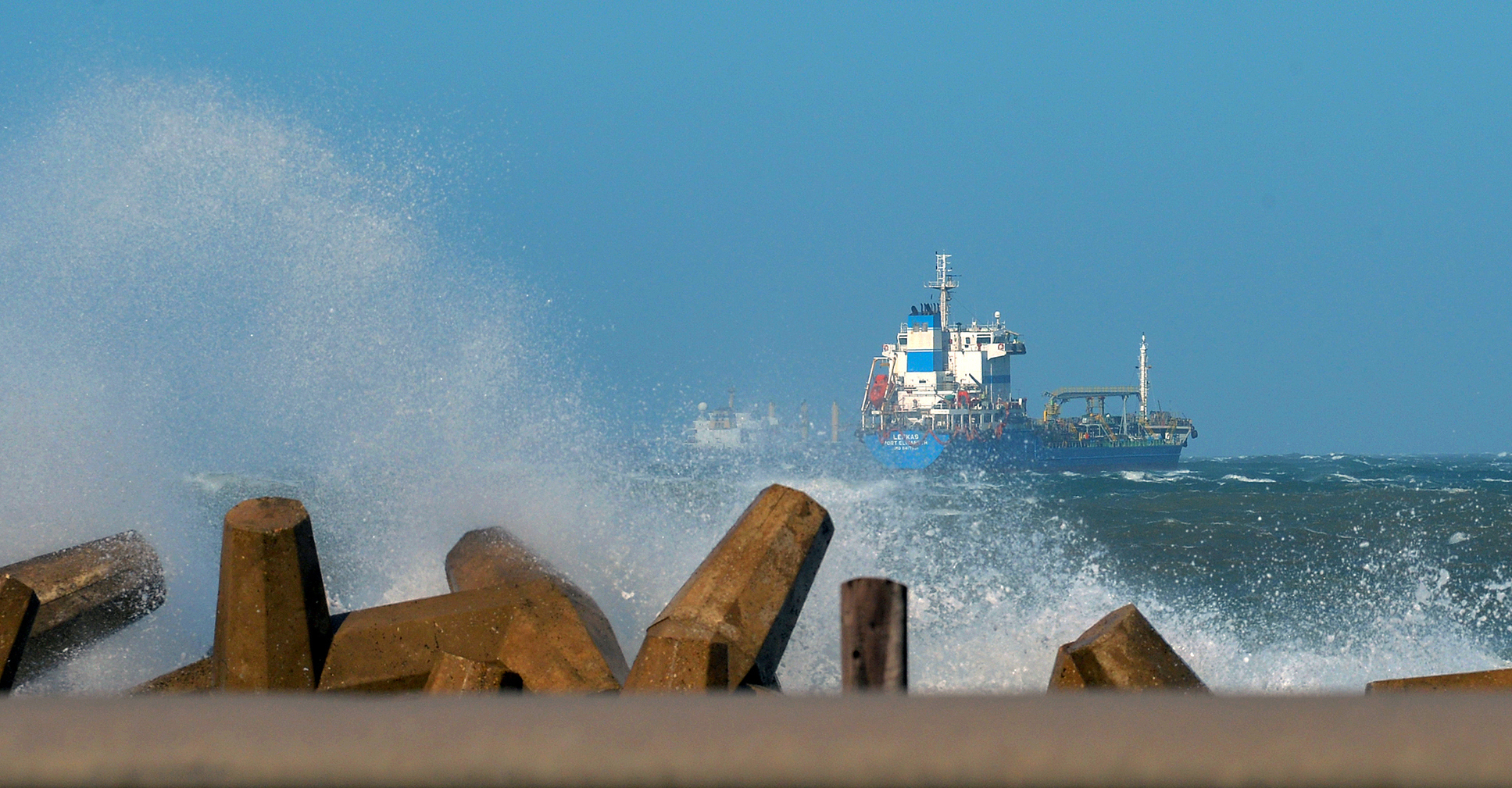Kelvin Naidoo, president of the Nelson Mandela Bay Business Chamber, says it is faster for his company to transport goods by road and export through Namibia’s ports than to export through the two ports in Nelson Mandela Bay.
Naidoo’s comments, made at a public meeting in early October, came as the Port of Port Elizabeth and the Port of Ngqura were both listed among the world’s worst-performing ports in the World Bank’s annual Container Port Performance Index, released in September.
The Port of Port Elizabeth was ranked 395th out of 405 container ports, and the Port of Ngqura 402nd.
However, the Port of Ngqura, a deep-water port, has improved by more than 160 index points, even as more than half of all ports worldwide saw their performance worsen during the same period.
“Coega (Ngqura) Port also improved by more than 160 index points, even as more than half of all ports worldwide saw their performance worsen during the same period. These improvements reflect targeted investments, operational reforms and adaptive measures to handle rerouted traffic,” the World Bank report reads.
Denise van Huyssteen, CEO of the Nelson Mandela Bay Business Chamber, said: “It is important to acknowledge that there have generally been improvements in terms of logistics efficiencies at the country’s ports, including the Ports of Port Elizabeth and Ngqura, over the past few months. Key contributors towards these improvements have been the implementation of employee incentives and the procurement of much needed equipment.
/file/dailymaverick/wp-content/uploads/2025/04/Presentation-25.jpg)
“We do, however, note that operational challenges at the two Nelson Mandela Bay ports need to be addressed, particularly with regards to working more efficiently with the road hauliers.
“Nelson Mandela Bay has the advantage of being a two-port city, with one of these being a deep-water port, which is a vital enabler in accommodating and attracting the larger modern vessels. However, for this to be fully leveraged, the ports will need to become more competitive versus other ports on the continent and around the globe,” she said.
Van Huyssteen said the World Bank’s acknowledgement of operational improvements “is a positive signal and we hope that this is a turning point, where performance levels will significantly improve going forward, thus helping to grow the country’s import and export trade.
“These types of performance improvements are vital for many of the manufacturers and exporters in the Bay which are part of global footprints, and as such are competing with other factories around the world which operate in environments which have more efficient ports,” she said.
In a written response to questions Transnet said: “Transnet has implemented a comprehensive recovery plan, which includes the acquisition of new equipment, enhanced technical support from original equipment manufacturers and improved collaboration with the industry.
“These efforts have resulted in measurable and marked improvements in terminal performance. Other initiatives that have been rolled out to improve performance efficiency, include the addition of a fourth shift to enhance employee wellness, suitable for a 24-hour operation, and the introduction of a performance-based incentive scheme as well as real-time performance monitoring.”
Transnet said key achievements since November 2023 include a 79% reduction in vessels at anchorage – from 47 in November 2023 to just three in August 2024 – as well as a 12% increase in gross crane moves per hour and an 18% increase in ship working moves per hour.
“These improvements have been acknowledged by customers, shipping lines, and national stakeholders,” it said. DM




 Among the improvements noted at SA ports was a reduction in vessels at anchorage. (Photo: Deon Ferreira)
Among the improvements noted at SA ports was a reduction in vessels at anchorage. (Photo: Deon Ferreira)